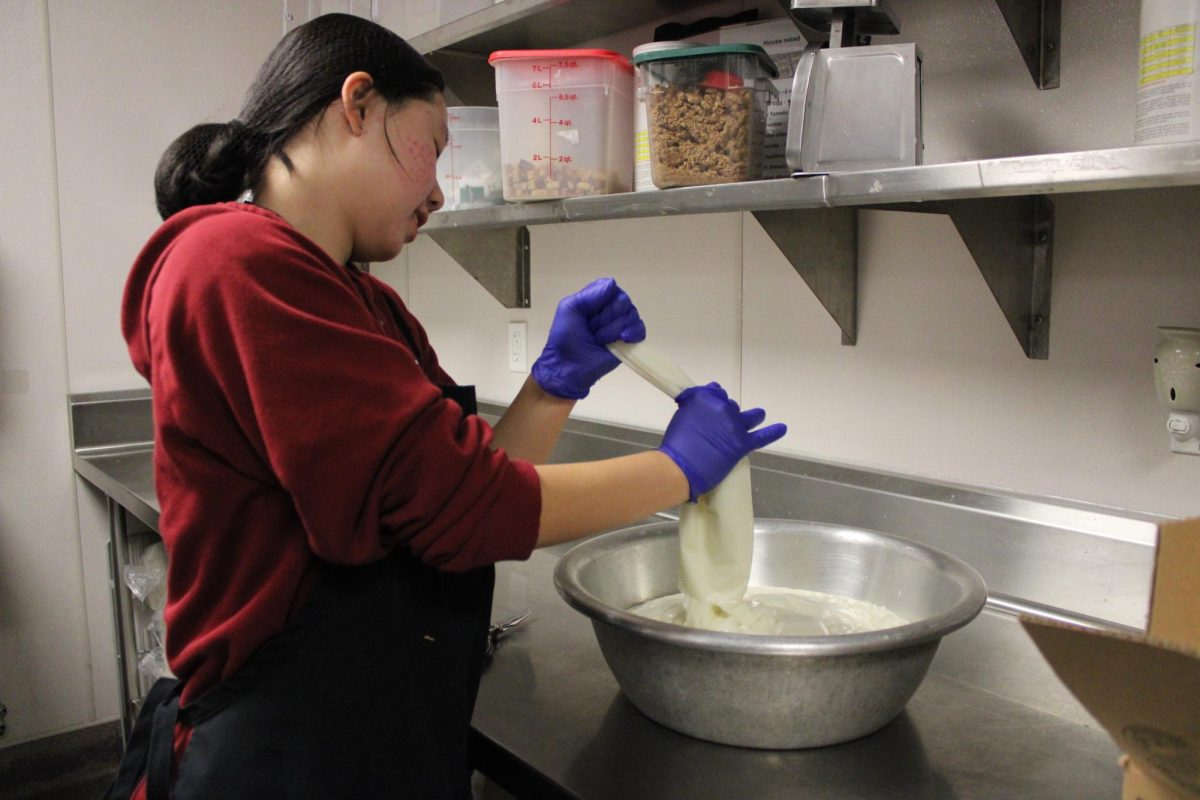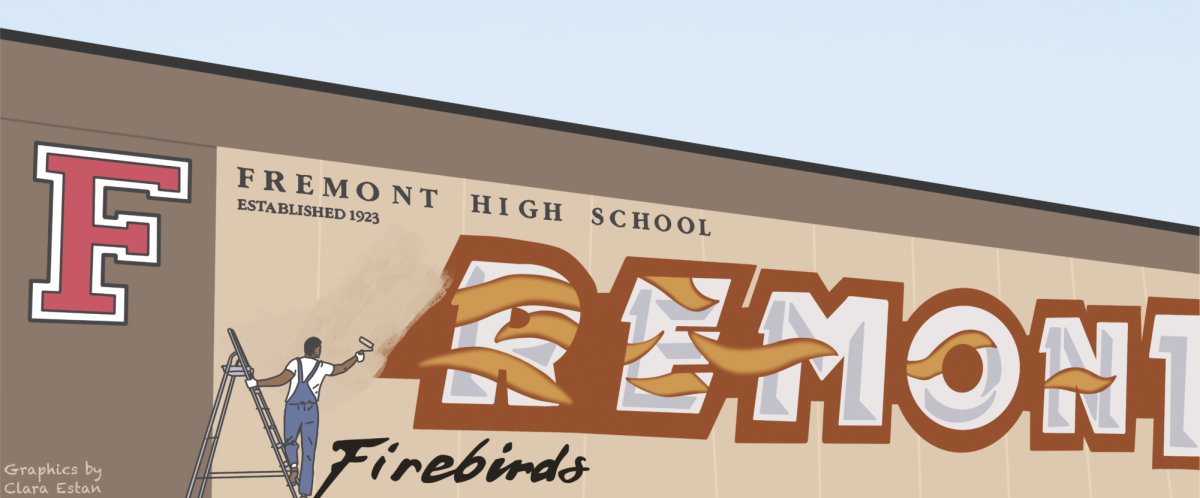Cafeteria food is a quintessential part of American high school culture, regardless of whether it is anticipated with excitement or dread. Though taste is an important factor in judging the quality of the food, cleanliness and sanitation are most important.
Safety precautions are highly regarded within the kitchen.
“There’s many, many factors [safety hazards can come] from, like the simplest thing such as hygiene like washing your hands, changing your gloves, temperature of cooking…if we don’t cook it to the proper temp[erature], that could be a foodborne illness or dangerous situation,” Kim Tach, an adult cafeteria worker who is highly experienced with preparing food in the kitchen, said.
FHS sophomore Mia Sun works in the cafeteria and helps prepare brunch. She is paid $19/hour.
“Every time we go in, first we have to put on our aprons, we have to put on our hair nets, we have to wash our hands, and then we have to put on gloves,” Sun said. “Every time we do something else, we have to change gloves to make sure it [is] sanitary. And after every day, we have to clean the counters […] I think it’s pretty orderly and the sanitation is pretty good.”
When it comes to cafeteria food, timing is important. Tach says that prep work for the food is typically done the night before. About two hours before brunch, all the food is cooked. Leftover food that is not taken by students throughout the day is not wasted either.
“For leftover food, at the end of the day […] we put them in a donation box and then we donate to the facilities that take food donations,” Tach said.
FHS students have mixed feelings about the overall quality of the cafeteria food. Cafeteria food is free and available on campus, but it is commonly regarded as a last resort for lunch. FHS sophomore Enzo Feng agrees with this.
“I don’t think it’s the best and I don’t love it—but honestly, I will take it because it’s tolerable,” Feng said. “And since it’s free, that makes [my life] a lot easier [because] I don’t have to prepare a lunch or bring leftovers.”
His complaints include that the food doesn’t seem very healthy and that the presentation is not optimal. Most notably, Feng claims to have found mold in the lunch before.
“There was this one time, though, that I got a bagel and there was mold in my cream cheese […] It’s just kind of really disgusting,” Feng said.
The cafeteria exchanged Feng’s moldy cream cheese for a new one.
The cafeteria’s staff works daily to cook and the students may not always be satisfied, but realistically, cooking for such a large quantity of people daily makes mistakes inevitable. While school lunch might not be a popular mealtime choice, it is an accessible option for all students.









